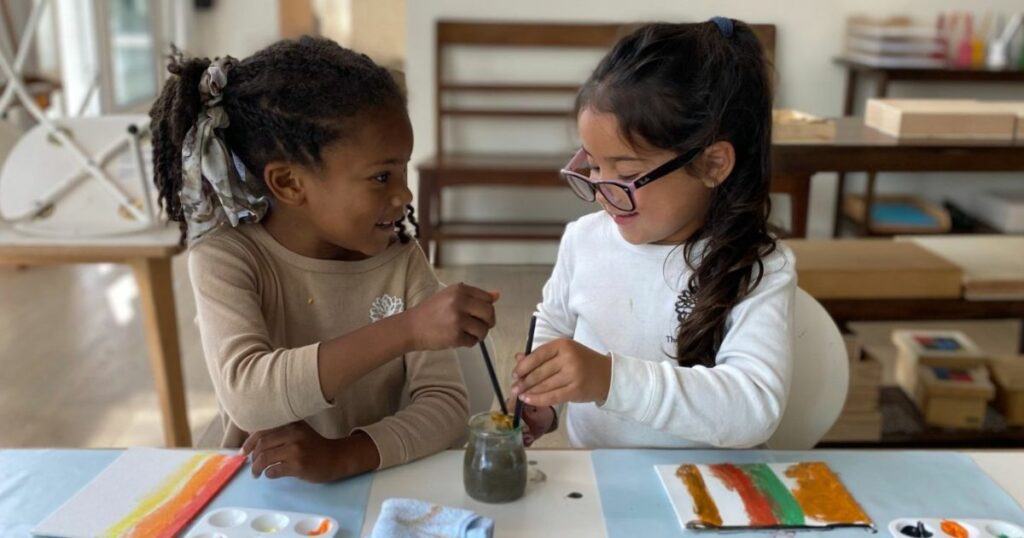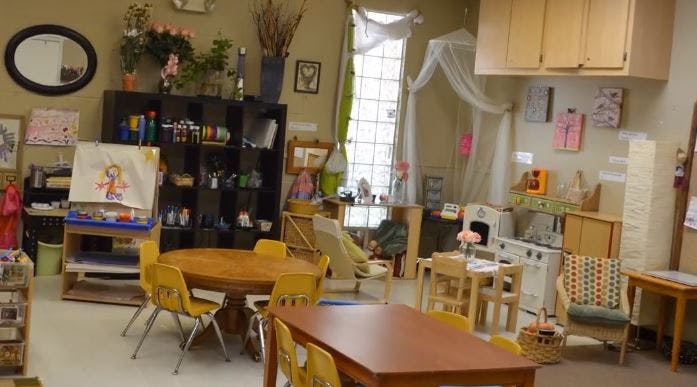Did you know infants usually communicate with their bodies? They only have two options for making their parents understand their needs and feelings: crying and bodily gestures. However, deciphering these signs is difficult, particularly for first-time parents. This article will teach you how to read your babies’ body language and help them in the best way possible.
Decode babies’ body language:
All babies communicate how they are feeling and what they require from you. However, each baby develops a set of signs to communicate with you. You’ll eventually learn to recognize your baby’s cues and what they tell you about your baby’s emotions.
#1 Cry baby:
Babies cry. This is a proven fact. How a baby cries can reveal any signs of discomfort or pain. A baby typically cries when they are hungry, afraid, or in pain.

But how do you know what the crying is all about? Research says that a baby closes their eyes when in pain and keeps them open when hungry.
#2 Knees against stomach:
Is your baby sleeping with her knees pressed up against her stomach? He could be experiencing digestive issues. It could be a stomach ache or gas discomfort. Constipation can also cause your baby to fall asleep in this position.
#3 Closed fists
This is known as the palmar grasp reflex in infants under the age of two months. However, if your baby is older than two months, a clenched fist could indicate stress or hunger. Next time, when you see closed fists of your baby, feed them.
#4 Banging of head
Most of the time, babies move their heads in a rhythmic motion to soothe themselves. However, if they begin to bang their heads against the floor or the walls, it is time to take notice. It could be a sign of pain or irritability.
#5 Pulling ears
Most of the time, a baby’s body language does not indicate that you should be concerned. A baby may pull her ears simply because they are there and well within reach.
While teething, babies may pull their ears. Examine him to see if he has a fever or a stuffy nose. This could be an indication of an ear infection. Keep an eye on her naps as well. If she sleeps peacefully and does not have a fever, it is most likely nothing serious.
#6 Rubbing eyes
This could be a sign of exhaustion. Your baby simply wishes to sleep. To be on the safe side, simply check her eyes. An infection could be irritating her eyes. If her eyes are clear, take her in your arms and gently rock her to sleep. If her eyes are red or watery, you should see a doctor.
#7 Sudden jerks in arms
This is also known as the Moro reflex, and it occurs in almost all babies. This is a reaction to unexpected and sudden movements. It could be caused by anxiety and fear. This can also happen because of loud noises and sudden bright light.
Avoid startling your baby with sudden movements. Gradually progress. Place him on his bed gently and with your body supporting him.
Takeaway:
Understanding your baby’s language is not a piece of cake. However, there is something that could be quite beneficial for you when it comes to understanding what your baby wants to say. It’s their body language. Your baby is unable to communicate with you. However, this bundle of joy can make his or her joys and distress very clear through body language and signs. The symptoms can range from crying and hiccups to constant thumb and wrist sucking. These tricks are to figure out what she’s trying to say. Want to know more about kids? Check out our blog section.






